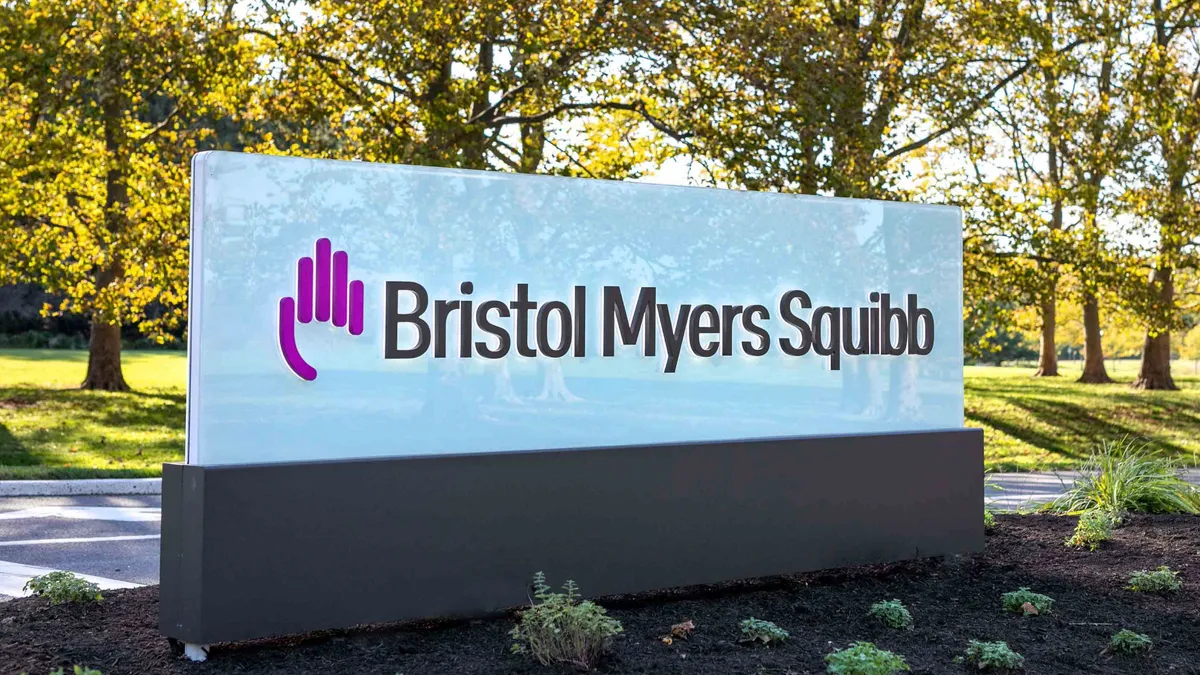Blockbuster drugs like Ozempic and Wegovy dominate the weight-loss scene.
Nearly half of Americans have said they would take one of these glucagon-like peptide-1 (GLP-1) agonists, which are part of a global market projected to soar as high as $100 billion by 2030. However, they have some drawbacks, from unpleasant side effects to their high price tag. They can also induce lean tissue loss, not just fat, said Dr. Peter Ackerman, vice president of clinical development at Biohaven.
Connecticut-based Biohaven sold its migraine portfolio, including the blockbuster med Nurtec, to Pfizer for $11.6 billion and spun out what is now a standalone company, similarly called Biohaven. Along with its clinical-stage candidates for epilepsy and OCD, the company is investigating a competing weight loss drug with a different mechanism from the mega-popular GLP-1s.
“There are concerns not about the amount of weight loss that's being generated, but the quality of the weight loss,” he said.
Up to 40% of the weight people lose when taking GLP-1 agonists might come from lean mass loss, which includes muscle. This may affect functional ability, and emerging data has linked low lean mass with higher overall mortality, and poorer metabolic health and cognitive function — all worrying challenges for drugs often recommended as a long-term therapy, Ackerman said.

Biohaven thinks it may have a treatment option that can not only trim the waistline but also build lean tissue. Its investigational drug is a myostatin inhibitor called taldefgrobep alfa, which it licensed from Bristol Myers Squibb in 2022. In preclinical animal testing, the candidate spurred weight loss and increased lean tissue, potentially offering an alternative to GLP-1 drugs — if it pans out.
Obesity is estimated to affect four billion people by 2035, Ackerman said, adding that interventions should promote a healthy body composition, not just help people shed pounds.
“We believe with our ability to reduce fat mass, which is the primary pathologic tissue in the disease of obesity, as well as increase lean mass and improve those metabolic parameters that are associated with obesity, taldefgrobep can provide meaningful change or benefit,” he said.
Muscles matter
Myostatin is a muscle-regulating protein that keeps muscles from growing too large. Laboratory mice without a myostatin gene saw their muscle mass double, sparking interest in developing myostatin inhibitors that block the protein to treat muscle-wasting disorders.
Several companies are now developing these drugs, including Biohaven. Taldefgrobep alfa is also in phase 3 for spinal muscular atrophy, a rare, often fatal condition that affects young children, leading to the loss of motor neurons. Now some companies are giving it a closer look for obesity.
“There are a lot of anti-myostatin drugs being developed out there, some of them being explored in the obesity space,” Ackerman said. “We’re excited about our mechanism without judging anyone else’s.”
“We need more sensitive measures for the quality of the weight loss that’s occurring."

Dr. Peter Ackerman
Vice president, clinical development, Biohaven
Among their competitors is Boston-based Versanis Bio, which is testing bimagrumab, an activin receptor type 2B antagonist, now in phase 2b. An earlier phase 2 trial that enrolled overweight and obese people with type 2 diabetes saw a total body fat mass in the bimagrumab group decrease by 20.5% and lean mass increase by 3.6%.
Scholar Rock is also in the preclinical stage with its myostatin inhibitor candidate, SRK-439, and moving into phase 2 with another selective anti-latent myostatin, apitegromab, which researchers will test as a combination therapy with a GLP-1 drug.
A new mechanism of action
“It’s markedly different from the current and new obesity medications that are out there,” Ackerman said of taldefgrobep alfa. “Body mass depends on the intake and the output of energy, the balance — anti-obesity medications work on the former, which is the energy intake piece.”
These drugs make people feel full, so they eat less, and “as a result, you lose tissue stores, including fat and lean muscle mass,” he said.
Taldefgrobep works on the energy expenditure side, spurring the body to burn more calories to drop pounds.
Because taldefgrobep already has a known safety profile, it can jump right into a phase 2 trial, planned for the first half of 2024, Ackerman said. The company may measure the drug’s effects differently than other obesity drugs.
“Historically, regulators in the field assess the quality or the efficacy of obesity medicines based on change in total body weight,” Ackerman said. But because the drug generates an increase in lean tissue, tracking progress in pounds won’t show the whole picture, so the company is exploring the idea of using a different yardstick such as measuring reductions in waist circumference or waist-to-hip ratio, he said.
“We need more sensitive measures for the quality of the weight loss that's occurring or in the quality of the body composition change that's occurring,” he said.
It’s not clear yet how taldefgrobep will stack up to GLP-1 inhibitors when it comes to side effects. GLP-1 inhibitors can bring numerous unpleasant gastrointestinal symptoms and have been linked to a potentially serious condition called gastroparesis, which is stomach paralysis that impedes digestion, as well as pancreatitis, or inflammation of the pancreas, and bowel obstructions.
In testing, taldefgrobep alfa, administered as a once weekly injection, had a good safety profile, most commonly producing mild to moderate side effects such as injection site reactions, headache, stomach upset and pain, Ackerman said.
However, it remains to be seen whether myostatin inhibitors will be able to compete with the GLP-1 drugs.
“I think what we need to do is get into the clinic and the target population and see what kind of outcomes we can generate,” Ackerman said.
But Ackerman said they will also need to answer another question: Can people who lose weight using the drug keep it off? It’s something the company will also explore.
“What's the role of a drug like ours? That's a critical question in front of the field right now,” Ackerman said.









